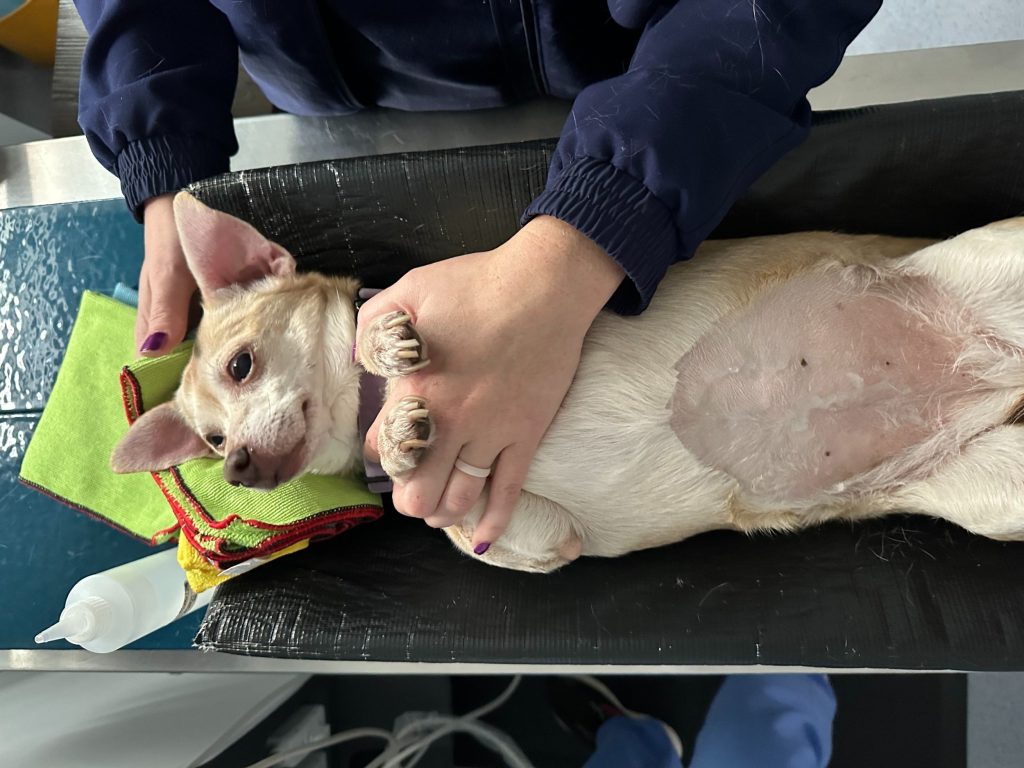A Comprehensive Look at Dog Razor Burn – Causes, Prevention, and Care
Dog razor burn is a common but often overlooked grooming-related issue that can cause significant discomfort for pets. This condition arises when a dog’s skin becomes irritated due to improper or overly aggressive use of grooming clippers or razors. Razor burn typically appears as red, inflamed patches of skin and may be accompanied by itching, swelling, or small bumps. The affected area may also become warm to the touch and sensitive, leading to excessive licking or scratching by the dog, which can further exacerbate the irritation. Understanding the causes, prevention methods, and proper care techniques is essential to ensure the health and comfort of your furry companion. One of the primary causes of razor burn in dogs is the improper handling of grooming tools. Using dull or dirty clipper blades, applying too much pressure while shaving, or grooming too closely to the skin can all lead to abrasions and irritation. Additionally, grooming a dog without properly bathing or brushing them first can result in tugging and pulling on matted hair, which increases the risk of skin trauma.

Dogs with sensitive skin or certain medical conditions are prone to razor burn, and areas with thin or sparse hair, such as the belly, armpits, and groin, are more susceptible due to their delicate nature. Preventing Dog Razor Burn involves a combination of proper grooming techniques and awareness of the dog’s individual needs. Groomers and pet owners should always use high-quality, well-maintained equipment and ensure that clipper blades are clean, sharp, and well-lubricated. Before grooming, the dog should be thoroughly bathed and brushed to remove tangles and mats that could lead to uneven shaving or pulling. It is also crucial to select the appropriate blade length for the dog’s coat type and to avoid shaving too closely to the skin. Taking breaks during grooming, especially for longer sessions, can help prevent overheating of clippers, which may also cause burns. For dogs with known sensitivities, hypoallergenic grooming products and soothing pre- or post-grooming sprays can be beneficial. If a dog does develop razor burn, prompt and gentle care is necessary to ensure a quick recovery.
The affected area should be kept clean and dry, and mild antiseptic or soothing creams, such as aloe vera or oatmeal-based ointments, can be applied to reduce irritation. It is important to prevent the dog from licking or scratching the area, which might require the use of an Elizabethan collar or a soft recovery cone. In cases where razor burn does not improve within a few days, or if there are signs of infection such as pus, foul odor, or increased redness and swelling, veterinary attention should be sought immediately. In some instances, oral medications like antibiotics or anti-inflammatories may be prescribed to aid healing. Dog razor burn is a preventable condition that stems largely from improper grooming practices. With the right tools, techniques, and attention to a dog’s specific skin and coat needs, pet owners can minimize the risk of this uncomfortable issue. Regular grooming should always be a positive experience for dogs, not one that results in pain or distress. Ensuring safety and comfort during grooming not only keeps a dog looking good but also supports their overall well-being and trust in their caretakers.
